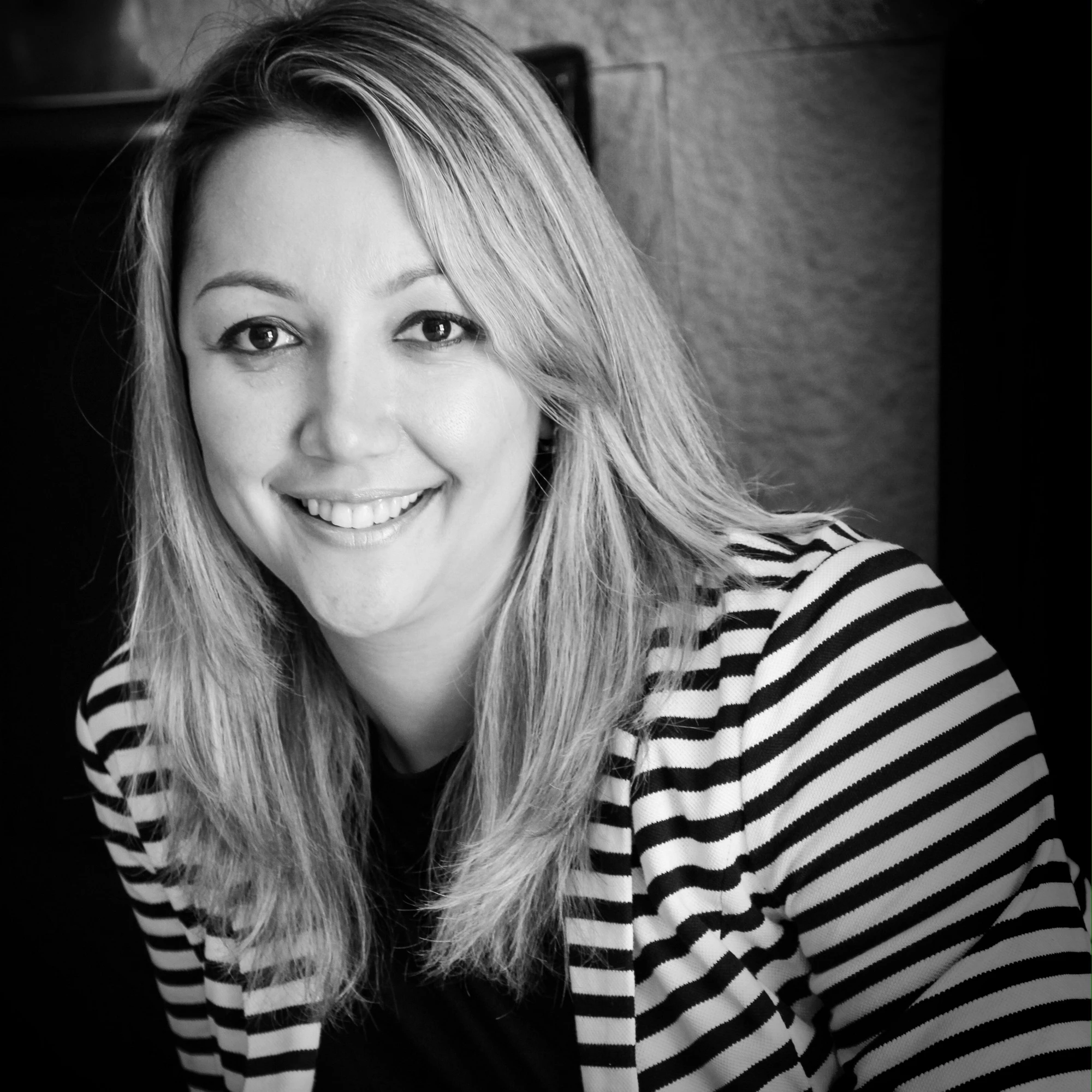It's as tall as some of Baku’s fanciest buildings, but the only residents here are crows and seagulls. Welcome to the Central Balakhani Sanitary Landfill, the largest rubbish dump in the Greater Baku area. But this is a dump with a difference: it is meticulously organized, as far as garbage disposal sites go.
Recently, the site was nothing but a big, open pile of burning garbage that has been rising from the ground since it was designated a dumping site in 1963. Now, six days a week, an army of trucks delivers 350 tons of municipal solid waste from the homes and offices of Baku’s millions of inhabitants.
Globally, the environmental impact of landfill sites varies depending on how well they are managed. Typical problems include the contamination of soil and groundwater from toxic residues; the release of methane, a greenhouse gas produced during the decaying process that is more potent than carbon dioxide; and disease-carrying pests.
Since the Central Balakhani Sanitary Landfill was rehabilitated in 2016, it looks more like an architectural landscape feature, rather than a trash dump.
Arif Kerimov, Deputy Head of Waste Utilization Department of Temiz Sheher, the Landfill’s operator, proudly showed me around. "What you are standing on right now is basically a big pile of garbage, which for many years was poorly managed and was hazardous to people’s lives," he says.
Since 2009, the World Bank has been helping the Azerbaijan government develop a new, improved solid waste collection and disposal system in the Greater Baku area. The results have been transformative, not only for the area of Balakhani and its residents, but for the entire country.
Faig Sadigov, Environmental and Waste Management Specialist from the Project Management Team, gets visibly animated when I ask him to explain how exactly the operation works. He is clearly an expert on the complicated science behind waste management – which some people call “garbology”.
Residual waste that can neither be burned nor recycled – hazardous waste and incineration ash – can only be confined in well-managed landfills.
"In places like Germany and Scandinavia, landfill now constitutes less than 5% of total waste management. But for some countries, properly managed landfill is the main way to go. We do the best we can," Sadigov adds, as he explains how recyclables are separated from non-reusable wastes using a carefully-managed triage system in which sorting machinery separates metals, glass, paper and plastics. What cannot be sold for recycling is sent to a different landfill and to an incinerator, where it is burned.
Azerbaijan’s government is preparing a National Solid Waste Strategy based on this innovative and transformative project. The new, integrated approach of good sanitary disposal, incineration, and waste recycling not only promotes improved waste management, but also aims at recovering energy and substantially reducing the amount of waste that needs to be sent to a landfill.
As we drive away, I realize that the more I spoke with the people in charge of the project's implementation, the less I noticed the pungent smells of the site. We don’t often appreciate the challenges of waste disposal. No matter what you call it – garbage, trash, waste – these terms don’t serve this important industry well. Like here: out of 350 tons of solid waste daily, over 25% is recycled and reused. Most of what we call "waste" can be turned into resources and something of value.
This begs the question – why do we still talk about "waste"?


Join the Conversation